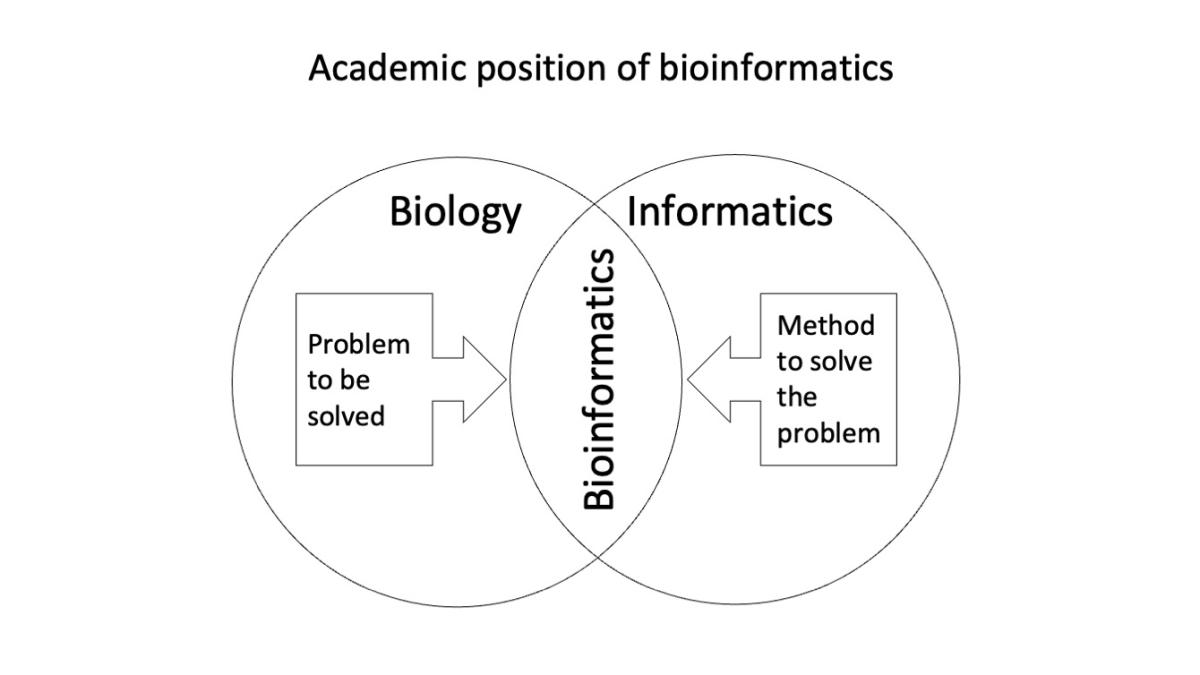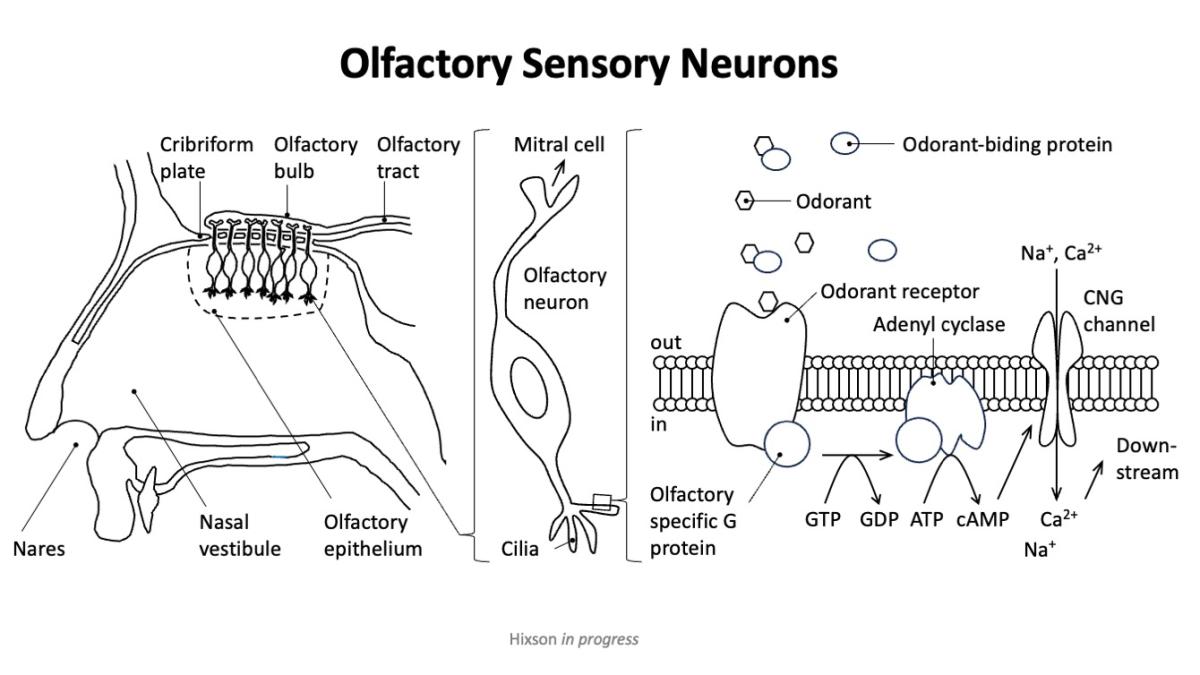My lectures are characterized by an interest in the structures of life. I will introduce the three-dimensional structure of many protein assemblies and viruses, and introduce a graphical tool which lets you visualize and “touch” these structures.
BIOS 337 Basic Applications of Bioinformatics (4 credit)

Bioinformatics is the field of study where mathematical, statistical, and computational techniques are applied to facilitate biological and biomedical research. Recent advancements in high-throughput technologies (e.g., whole genome sequencing, next-generation sequencing, proteomics, metabolomics, and many other -omics technologies) have made the biological information blast. Handling of such mass data is one of the focuses in bioinformatics. Bioinformatics helps organize and analyze a large amount of data, and generates predictions and hypotheses (may be proven or disproven experimentally later) based on the information extracted from data. Using bioinformatics techniques, individual researchers can effectively utilize a huge amount of biological information accumulated in various public databases and induce significant meanings from their individual data. It helps researchers design experiments better and more efficiently. Even if experiments are not possible, bioinformatics can provide predictions and help advancing biomedical knowledge. Bioinformatics helps biomedical researchers, for example, design effective drugs to cure or treat various diseases.
This course will be offered for undergraduate students at the beginner-level. This course will provide students the basic knowledge and practical skills needed for introductory-level bioinformatics analyses. It emphasizes the practical use of bioinformatics tools that help molecular biology labs in various scenarios. The topics covered will include: basic use of biological databases, pairwise and multiple sequence alignments, sequence similarity search, protein function prediction, gene/RNA/protein structure prediction, phylogenetic analysis, and comparative genomics. Widely used bioinformatics tools will be practiced in the recitation and lab sections. No programming skill is required.
BIOS 998-005 Structural Informatics and Biology, Spring (3 credit)

This course provides information on mechanisms of life phenomena at the atomic resolution level, and it outlines how biological functions are expressed from the three-dimensional structure of molecules. The course consists of lectures, guest speakers, and modeling exercises. Networking time with the guest speakers will be provided to students.
After completing this course, students can properly extract useful information from the structural information provided, have a concrete image of the structure while reading papers, and have more rigorous arguments in scientific conversations. Additionally, students can select an appropriate algorithm from the number of tools published on the Website and estimate the behavior of biological systems, such as site structure prediction and intermolecular interactions.